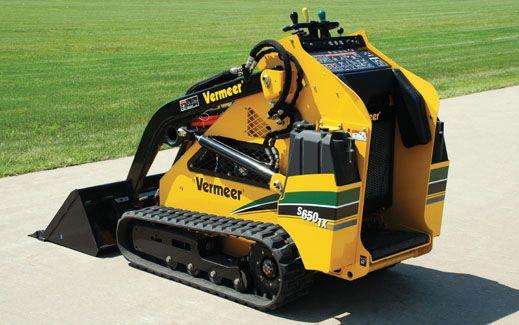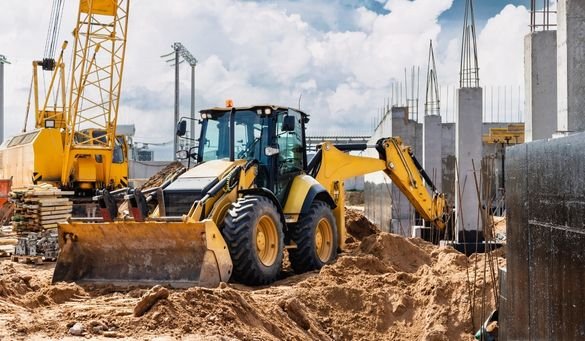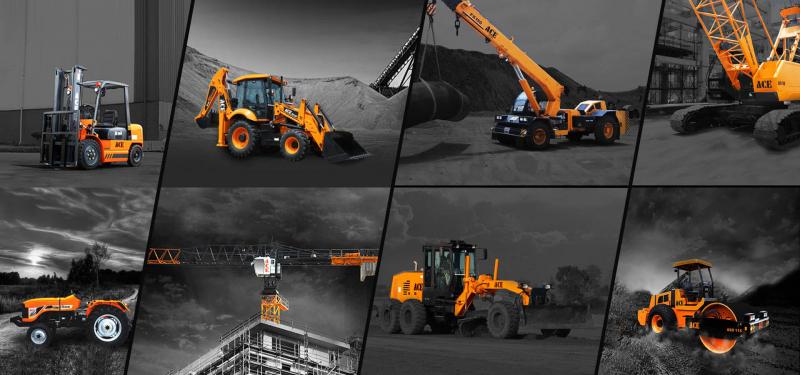Optimize Your Budget Plan by Understanding the Costs Related To Building And Construction Tools Rentals
Comprehending the complete extent of costs linked with building equipment leasings is vital for maximizing your budget. What methods can be used to properly handle these prices and make sure an extra effective rental experience?
Summary of Rental Costs
When considering building and construction tools services, recognizing the connected prices is critical for efficient budgeting and project planning. Rental expenses can vary considerably based on numerous factors, including tools kind, duration of service, and area. The preliminary rental cost usually reflects the equipment's market need and its connected operational abilities, influencing the overall expense.
Along with the base rental rate, ancillary prices might develop, such as transport charges, gas surcharges, and upkeep costs. It is important to account for these added costs to accurately evaluate the overall cost of renting out devices. Furthermore, the rental duration can affect prices; longer rentals might get affordable prices, while short-term services may incur greater day-to-day costs.

Failure of Rental Prices
A detailed understanding of rental prices is vital for professionals and job managers intending to maximize their budget plans. Rental rates for construction tools commonly are composed of a number of components, consisting of base prices, time-based fees, and usage costs.
Base rates are the core charges related to the service of the devices, frequently determined by the kind and size of the machinery. These prices can vary significantly, affected by elements such as equipment need, accessibility, and local market patterns. Time-based charges, which might be daily, weekly, or monthly, serve to suit different project timelines and rental periods.
Additionally, rental rates might include use charges, which apply when devices is utilized past a specified limit, guaranteeing that the rental firm can represent damage. Seasonal demand variations can likewise influence rental rates, with peak building and construction seasons typically regulating greater costs.
In addition, comprehending the rental firm's policies relating to maintenance and insurance coverage can provide additional understanding into the general price structure. By examining these components, specialists can make enlightened decisions, making sure the option of rental equipment lines up with both task requirements and budget plan restraints.
Extra Charges to Take Into Consideration
Recognizing the intricacies of additional fees is essential for specialists to handle their general leasing costs successfully. Past the common rental prices, numerous auxiliary costs can dramatically influence the complete price of devices leasing. These charges typically include delivery and pickup charges, which can differ based upon range and logistics included in carrying the devices read more to and from the job site.
In addition, some rental firms might impose fuel additional charges if the tools is returned with much less fuel than when rented. It is additionally vital to know prospective cleaning fees, specifically for specific equipment that requires detailed upkeep after use.

Thoroughly assessing the rental contract and clarifying these added charges upfront can aid professionals make sure and avoid unanticipated costs that spending plans stay undamaged throughout the job lifecycle.
Upkeep and Repair Service Expenses
Routine repair and maintenance expenditures are commonly overlooked aspects that can considerably affect the overall expense of construction devices services. When renting devices, it is crucial to think about not just the rental fees however additionally the potential expenses linked with keeping the machinery in ideal operating problem.
Numerous rental business consist of basic maintenance as component of the rental arrangement; however, much more unanticipated breakdowns or substantial fixings can lead to additional expenses. It's vital to assess the rental contract carefully to understand what maintenance services are covered and what obligations drop on the occupant.
In addition, tools that is not well-maintained can result in inefficiencies on the task website, possibly raising and triggering hold-ups task costs. To mitigate these risks, it is recommended to conduct regular evaluations and maintain open communication with the rental service provider concerning any issues that arise throughout usage.
Insurance Policy and Obligation Expenses
Insurance policy and responsibility prices are important elements that can substantially affect the overall expenditure of building and construction devices leasings (aerial lift rental). These prices guarantee that both the rental company and the customer are secured from potential economic losses developing from accidents, damages, or theft during the rental duration

In addition, clients need to understand any type of deductibles or exclusions in the insurance plan, as these can affect prospective out-of-pocket expenditures. Comprehending the conditions of any insurance policy protection is vital to prevent unanticipated costs. Eventually, budgeting for insurance policy and liability costs can aid ensure a smoother rental experience and safeguard versus economic risks associated with construction Website jobs.
Conclusion
In verdict, a thorough understanding of the prices connected with building equipment rentals is crucial for reliable budget plan administration. Ultimately, educated decision-making pertaining to devices rentals adds to the general success of building endeavors.
Rental prices can vary significantly based on numerous aspects, including tools type, duration of service, and place (construction equipment rentals). The rental duration can affect pricing; longer leasings may certify for discounted prices, while short-term services may sustain higher day-to-day fees
By performing complete research and involving with reputable rental firms, professionals can effectively navigate the intricacies of rental pricing, inevitably maximizing their monetary sources.
Beyond the common rental rates, different supplemental charges can dramatically influence the total expense of tools rental. Rental business often supply responsibility insurance coverage that covers injuries to 3rd parties or damage to building, while equipment damage insurance policy can cover the price of repair work or substitute if the rented out tools is damaged.